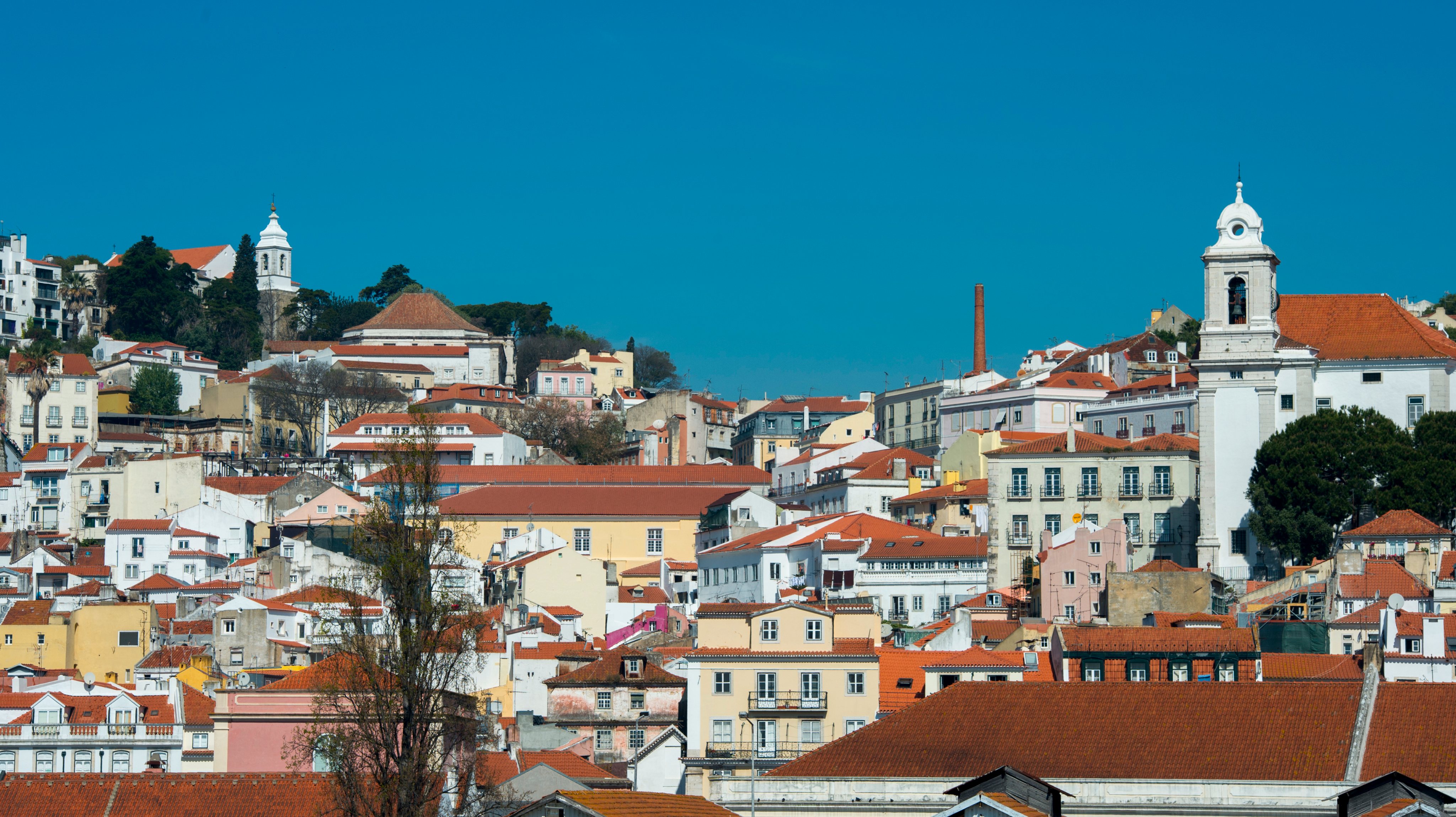The Lisbon City Council estimates that around half of the buildings in the country’s capital will not be able to withstand an earthquake, according to an assessment by engineers from the Instituto Superior Técnico, who are working with the municipality. The information was confirmed to the newspaper Expresso by the City Councilor for Town Planning, Joana Almeida.
The estimate is based on the fact that 60% of the buildings in the capital were built before 1958, the year of the first national anti-seismic legislation.
For this reason, the municipality of Lisbon is developing, with the help of a Technician, the ReSist program, to carry out an assessment of the seismic risk in the city. The objective, the coordinator Cláudia Pinto explained to Expresso, is to create a “seismic vulnerability graph of the city’s built-up park”, based on “generic” criteria, such as the year and type of construction of the buildings.
In order to accurately assess the degree of resistance of each building, studies must be carried out. However, the Chamber cannot compel individuals to submit to such inspections, so the risk assessment is less precise.
The information goes in the same direction as what the mayor of Lisbon, Carlos Moedas, had already said the day before, during a meeting with residents. On Wednesday, Moedas admitted that the “city is extremely prepared after the 1980s, unfortunately not in the older neighborhoods.”
Despite this, the mayor wanted to leave a “word of serenity” about the city’s preparation for earthquakes, pointing out that the municipal protection emergency plan is in force and that, thanks to the ReSist project, there will soon be more information on the earthquake risk city.
Source: Observadora
